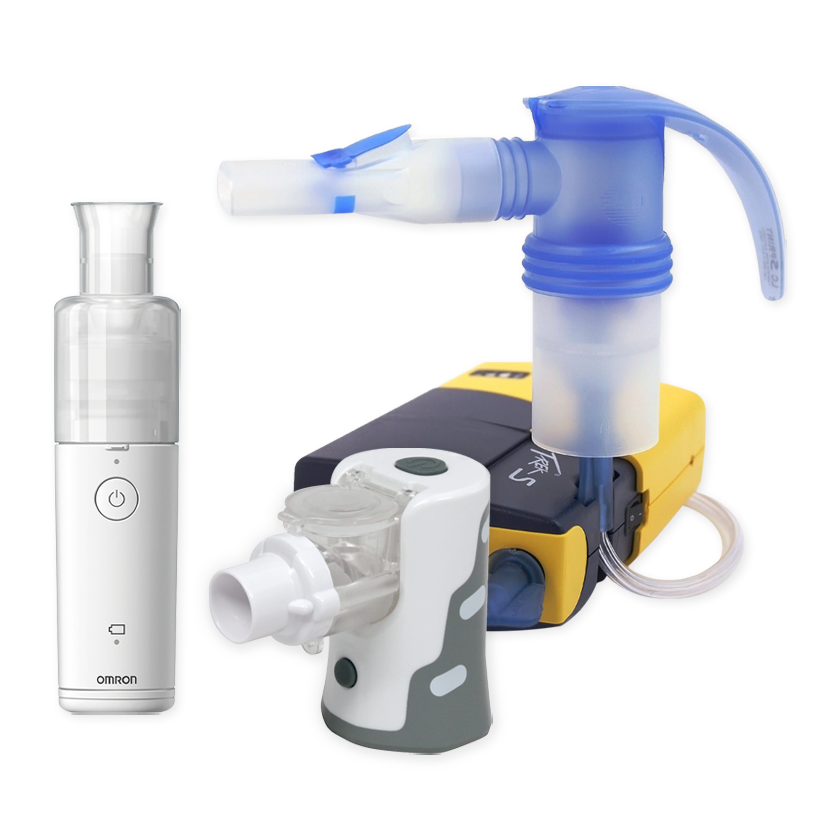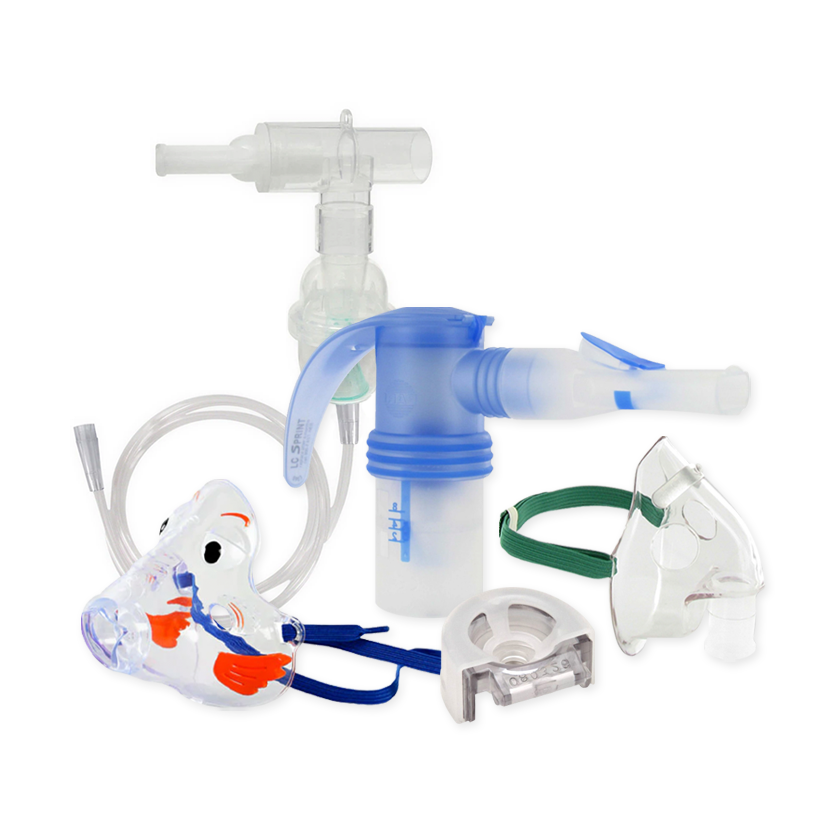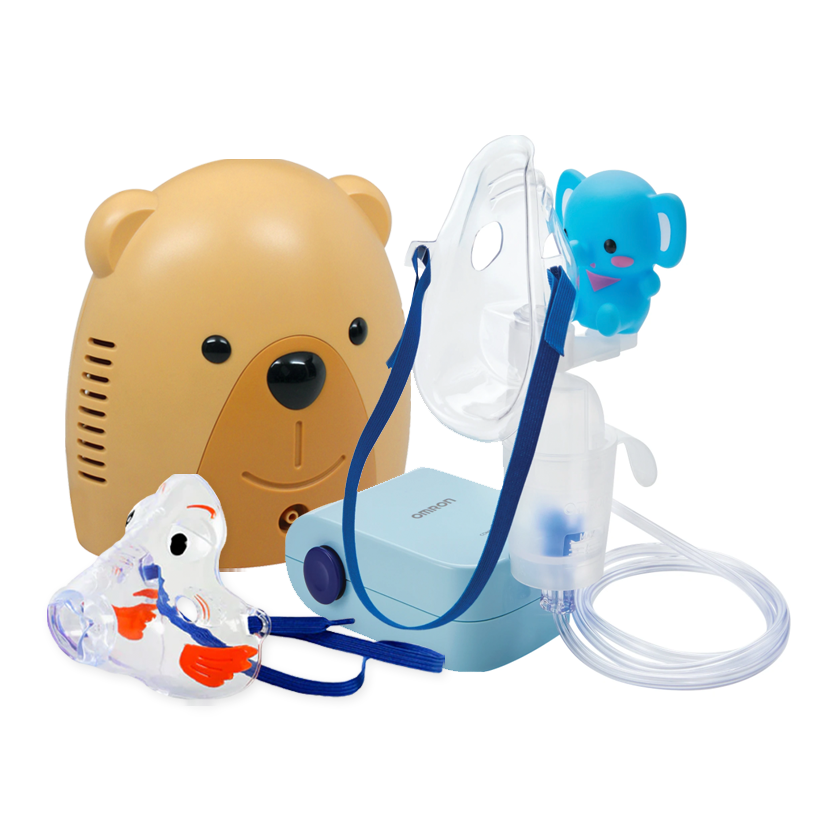Your Cart is Empty
Free Shipping on all orders over $75! Plus, free express shipping on select items.
Menu

Free Shipping on all orders over $75! Plus, free express shipping on select items.
Nebulizer Systems
Travel Nebulizers
Nebulizer Accessories
Just For Kids
Oxygen Supplies
New Cystic Fibrosis Drug Costs $300,000 a Year
August 29, 2014 1 min read
The good news: There’s a new cystic fibrosis drug, which is said to be a “breakthrough.”
The bad news: It costs $300,000 per patient per year, putting it out of the price range of most patients.
More bad news: The drug, Kalydeco, will only work for a small handful of cystic fibrosis patients. There are a variety of cystic fibrosis mutations which require different treatments. Kalydeco treats a mutation that affects only 4% of cystic fibrosis patients. Which is a big part of the cost problem; because demand is so low, prices are sky high.
Kalydeco is the first drug to directly treat the faulty gene that causes cystic fibrosis. According to Dr. Michael Powers from Oregon Health & Science University’s Doernbecher Children’s Hospital, “[Kalydeco] for this particular mutation is very effective. The benefits include improved lung function and reduced hospitalizations. It changed the environment of the lung to make it more normal.”
That being said, the drug is not a cure; it’s an ongoing treatment. Which means the costs are also ongoing. This puts both doctors and patients in a tough position. Cystic fibrosis is a life-threatening condition, and what could be worth more than life? But with the median household income of Americans being just over $51,000, for most people it’s just not realistic.
Powers hopes that as more drugs come out for the other more common cystic fibrosis mutations, the price will be driven down. And even though this expensive drug may not be a practical solution for most patients, a new treatment is at least a step in the right direction.
Subscribe
Sign up to get the latest on sales, new releases and more …

NEW CUSTOMERS SAVE 10% OFF YOUR FIRST PURCHASE OF $20 OR MORE.
Code will be sent to email entered if applicable
SIGN UP FOR FUTURE SALES, NEW PRODUCTS AND ANNOUNCEMENTS
{"themeColor":"#061f77","iconColor":"#061f77","showLogo":true,"topBottomPosition":0,"rightLeftPosition":5,"iconSize":"large","iconCustomSize":64,"position":"middle-right"}



